Explore web search results related to this domain and discover relevant information.
Find out how to choose between the 64-bit or 32-bit version of Office. ... Explore subscription benefits, browse training courses, learn how to secure your device, and more. ... Communities help you ask and answer questions, give feedback, and hear from experts with rich knowledge. ... Find solutions to common problems or get help from a support ...
Find out how to choose between the 64-bit or 32-bit version of Office. ... Explore subscription benefits, browse training courses, learn how to secure your device, and more. ... Communities help you ask and answer questions, give feedback, and hear from experts with rich knowledge. ... Find solutions to common problems or get help from a support agent.Get answers to some common questions about 32-bit and 64-bit versions of Windows.Upgrading from the 32-bit version to the 64-bit version of Windows requires that you reformat your hard disk, install the 64-bit version of Windows, and then reinstall everything else that you had on your device.The benefits of using a 64-bit operating system are most apparent when you have a large amount of random-access memory (RAM) installed on your computer, typically 4 GB of RAM or more. In such cases, because a 64-bit operating system can handle large amounts of memory more efficiently than a 32-bit operating system, a 64-bit system can be more responsive when running several programs at the same time and switching between them frequently.
Alogic has announced a new 32-inch display with a 6K resolution and a Mac-compatible touchscreen — the first of its kind, the company says.
Dubbed the Clarity 6K Touch with Fold Stand, the first thing you notice about this monitor is its huge 32-inch display. Add the premium-looking squared-off bezels and a glossy finish, and you definitely get Apple Studio Display vibes. But that's where the similarities end. This monitor supports a 6K resolution of 6016 x 3384, which is more than the 5K resolution of Apple's monitor.The Alogic monitor has a maximum 60Hz refresh rate and 99% Adobe RGB and DCI-P3 support and tops out at 400 nits of brightness. Apple's Studio Display (on sale now) is smaller at 27 inches, so its 5K resolution isn't really an issue. The Studio Display also matches the Alogic's 60Hz maximum refresh rate, but its 600-nit brightness is an upgrade for those working in a bright environment. If it's the size that counts for you, the 32-inch Pro Display XDR is the better comparison.Alogic also announced a raft of less costly displays, including a 32-inch monitor with a 4K resolution and touchscreen support for $1,800.First, though, there's the touchscreen. It sports 10 points of multitouch support and can be used with a stylus, so it's perfect for designers, architects, and more.
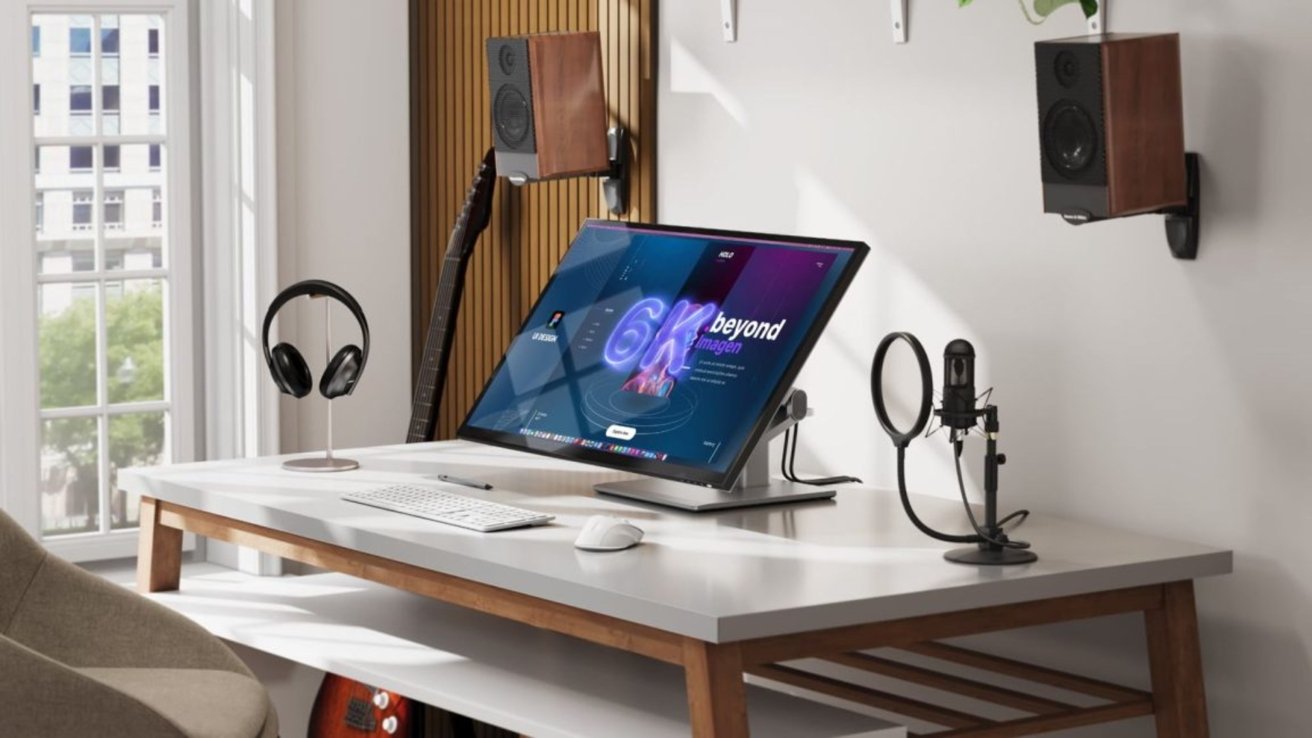

Mozilla is FINALLY pulling the plug on 32-bit Firefox builds for Linux, a decade after Google Chrome did the same. Why now? It says they're getting hard to build.
Now, if you’re reading this from a 32-bit Linux distro (which I hope isn’t the one this blog is about, as Ubuntu dropped 32-bit support back in 2017) you needn’t panic unduly — I’ll get to why not in a moment.Mozilla has been churning out 32-bit builds of Firefox far longer than rival web browsers in an effort to help ‘users extend the life of their hardware and reduce unnecessary obsolescence’. And they no doubt have: Google Chrome discontinued 32-bit Linux builds in 2016. So why is Mozilla ending support for Firefox on 32-bit Linux distributions now?Aside from the obvious element (I don’t want to ruin anyone’s day, but 32-bit Linux distributions are not exactly widely used these days), it’s a little more technical: Mozilla say ‘maintaining Firefox on this platform has become increasingly difficult and unreliable’. To focus their engineering efforts on ‘delivering the best and most modern Firefox’, Mozilla has chosen to end support for 32-bit Linux distributions.Which means, Firefox 145 will be the first version to not offer 32-bit Linux support since the browser first launched on Linux back in 2004 (while Phoenix 0.1 supported Linux in 2002, Phoenix wasn’t technically Firefox).
System Update enables IT administrators to distribute updates for software, drivers, and BIOS in a managed environment from a local server.
Critical product support, upgrades, and alerts on topics such as safety issues or product recalls.
Upgrade to Microsoft Edge to take ... support. Download Microsoft Edge More info about Internet Explorer and Microsoft Edge ... trying to reinstall drivers for the following on an asus running updated windows 10. receiving this message · A driver (service) for this device has been disabled. An alternate driver may be providing this functionality. (Code 32...
Upgrade to Microsoft Edge to take advantage of the latest features, security updates, and technical support. Download Microsoft Edge More info about Internet Explorer and Microsoft Edge ... trying to reinstall drivers for the following on an asus running updated windows 10. receiving this message · A driver (service) for this device has been disabled. An alternate driver may be providing this functionality. (Code 32)trying to reinstall drivers for the following on an asus running updated windows 10. receiving this message A driver (service) for this device has been disabled. An alternate driver may be providing this functionality. (Code 32) have uninstalled and…
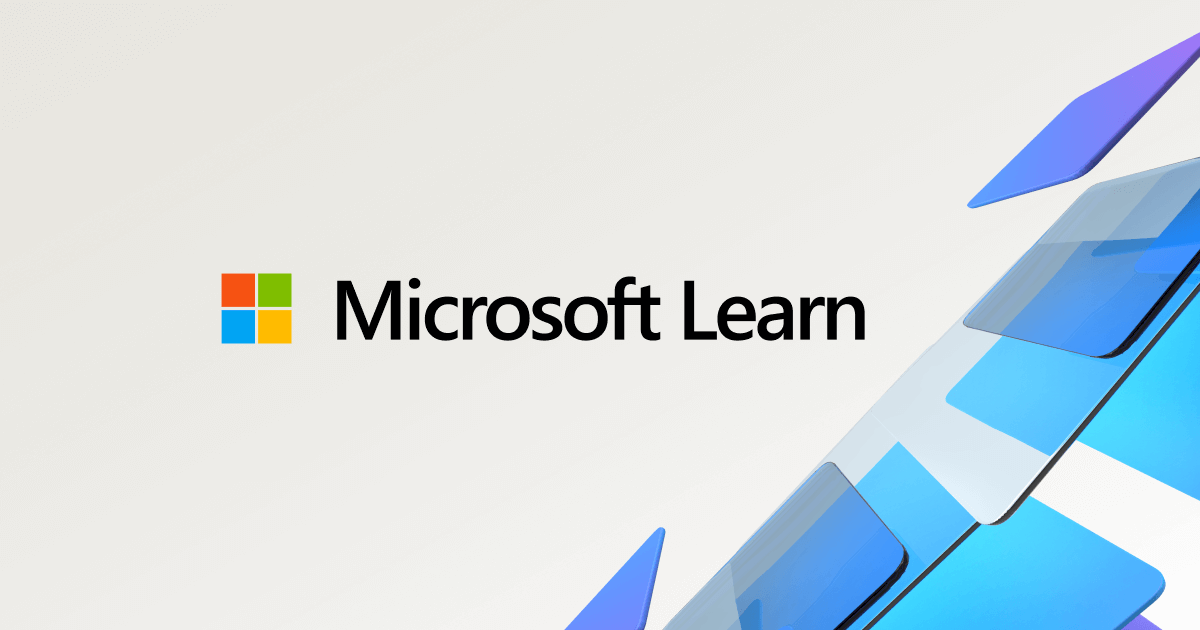
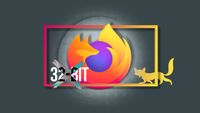
Mozilla confirms Firefox will no longer support 32-bit Linux after version 144, with users encouraged to switch to 64-bit systems.
Yes, that’s true – mainstream Linux distros have largely phased out 32-bit as a primary architecture, and modern CPUs have been exclusively 64-bit for nearly two decades. But let’s not also forget that, for example, Debian still ships i386 builds (though they are community-maintained, not first-class), Slackware continues to support 32-bit, plus some smaller distros (e.g., antiX, Devuan, Puppy, Bodhi Legacy) intentionally keep 32-bit alive for old hardware.For people who can’t immediately switch to 64-bit, there’s still some breathing room. Firefox ESR 140 will continue to ship 32-bit builds and get security updates until at least September 2026. After that, though, there won’t be an officially supported option.I had no idea 32bit was even still around. I’m shocked a 32 bit option even survived this long since it feels like it has been forever since I had a 32bit pc. ... Seems fair, Mozilla doesn’t have the same resources than Google for Chrome (that still support 32-bit so far).Mozilla has officially announced the end of Firefox support for 32-bit Linux systems, setting September 2026 as the final cutoff.

Mozilla is ending Firefox support for 32-bit Linux in October 2025, citing reliability challenges and shifting focus to modern builds, a defining moment for
Mozilla has announced it will end support for 32-bit Linux builds of Firefox, closing a chapter that began with the browser’s Linux debut in 2004. The final supported release, Firefox 144, is scheduled for 14 October 2025.Explaining the decision, Mozilla stated: “Maintaining Firefox on this platform has become increasingly difficult and unreliable.” The organisation added that it will now focus engineering efforts on “delivering the best and most modern Firefox.” The move reflects the declining use of 32-bit Linux distributions in recent years. Mozilla’s decision stands out in context. Google Chrome discontinued 32-bit Linux support in 2016, while Ubuntu dropped it in 2017.By contrast, Mozilla continued support far longer in order to help “users extend the life of their hardware and reduce unnecessary obsolescence.” · For users still running 32-bit Linux systems, immediate disruption is limited. Firefox 144 will remain usable, though it will not receive future features or security patches.The end of 32-bit Linux support signals more than just a technical shift. It marks the conclusion of an era where open source developers resisted obsolescence in the interest of inclusivity and hardware longevity.

Alogic today announced a 6K display that supports touch-based input, with the company saying that it's the world's first 6K touchscreen...
Alogic today announced a 6K display that supports touch-based input, with the company saying that it's the world's first 6K touchscreen that's compatible with the Mac. The Clarity 6K Touch with Fold Stand has a 32-inch 6K display with a touchscreen. The display has a 6016 x 3384 resolution, 60Hz refresh rate, 400 nits maximum brightness, and 99 percent Adobe RGB/DCI-P3 color accuracy.With touch integration enabled through a Mac driver and accompanying app, the Clarity 6K Touch can function like a 32-inch iPad. It supports 10-point multitouch and has full MPP 2.0 stylus compatibility, so it supports drawing and sketching along with a number of gestures.Along with the Clarity 6K Touch, Alogic is also announcing several other displays, including a $1,800 4K 32-inch Aspekt UHD 4K Touch with multiple stand options, a $1,300 non-touch Aspekt UHD 4K, and a $1,500 Edge 5K display with optional Edge Dual Vertical Monitor Mount.Thing is the monitor brands work with what the few panel manufacturers have to offer. They are not like Apple who can splurge/afford to get LG Display to manufacture a bespoke panel just for them. Just look how many years it took to start seeing other 32 inch monitors at 6K resolution.

Mozilla is phasing out 32-bit Linux support for Firefox, with version 144 as the last compatible release and full cessation by 2026, due to building challenges and declining usage. This disrupts legacy hardware users, prompting migrations to 64-bit systems or alternatives like Waterfox.
Mozilla’s decision to phase out support for 32-bit Linux versions of its Firefox browser marks a significant shift in the open-source software ecosystem, reflecting broader industry trends toward modern hardware architectures. Announced recently, the move will see Firefox version 144 as the final release compatible with 32-bit Linux systems, with support ceasing entirely by 2026.Industry observers note that while 64-bit systems have dominated for years, a niche community of enthusiasts and developers still maintains 32-bit setups for specific applications, including retro computing and embedded systems. The end of official support means these users will need to seek alternatives, such as switching to 64-bit distributions or exploring forks like Waterfox, which may continue 32-bit compatibility.However, experts warn that security vulnerabilities could emerge post-support, leaving unpatched systems exposed. Discussions on platforms like Hacker News, as aggregated in Y Combinator’s forum, suggest that Mozilla could redirect resources toward optimizing 64-bit builds, potentially incorporating advanced CPU instructions for better performance on modern x86-64 processors. ... The phase-out aligns with a wave of similar decisions across the Linux world. Fedora, for example, has contemplated dropping 32-bit library support entirely, as noted in analyses from Ghacks.net, which points to the diminishing viability of maintaining dual architectures.This comes after years of Mozilla maintaining these builds, even as competitors like Google Chrome abandoned 32-bit Linux support over a decade ago.

Alogic has announced a new 32-inch display with a 6K resolution and a Mac-compatible touchscreen — the first of its kind, the company says.
Dubbed the Clarity 6K Touch with Fold Stand, the first thing you notice about this monitor is its huge 32-inch display. Add the premium-looking squared-off bezels and a glossy finish, and you definitely get Apple Studio Display vibes. But that's where the similarities end. This monitor supports a 6K resolution of 6016 x 3384, which is more than the 5K resolution of Apple's monitor.The Alogic monitor has a maximum 60Hz refresh rate and 99% Adobe RGB and DCI-P3 support and tops out at 400 nits of brightness. Apple's Studio Display (on sale now) is smaller at 27 inches, so its 5K resolution isn't really an issue. The Studio Display also matches the Alogic's 60Hz maximum refresh rate, but its 600-nit brightness is an upgrade for those working in a bright environment. If it's the size that counts for you, the 32-inch Pro Display XDR is the better comparison.Alogic also announced a raft of less costly displays, including a 32-inch monitor with a 4K resolution and touchscreen support for $1,800.First, though, there's the touchscreen. It sports 10 points of multitouch support and can be used with a stylus, so it's perfect for designers, architects, and more.
About the transition to 64-bit technology and how it affects 32-bit apps.
Apple worked with developers to transition their apps, and in 2018 Apple informed them that macOS Mojave 10.14 would be the last version of macOS to run 32-bit apps.Starting with macOS Catalina 10.15, 32-bit apps are no longer compatible with macOS.When installing macOS, you may see a list of recently used apps that are 32-bit. You can review this list before deciding to continue installation.You may also see a prohibitory symbol over the icon of each 32-bit app in the Finder, letting you know that the app will not open.
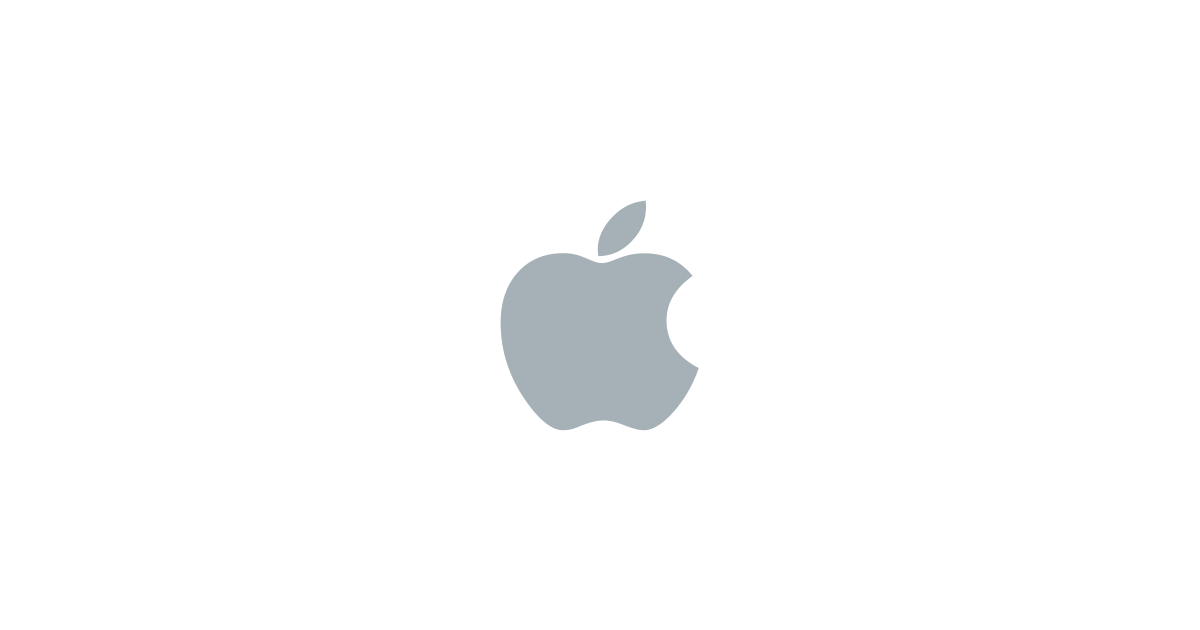
Mozilla has announced that it will end support for Firefox on 32-bit Linux systems in 2026. This shouldn't affect most users, but still it's something worth mentioning. ADVERTISEMENT It may seem surprising […]
It may seem surprising that Mozilla has supported 32-bit Linux for so long, and indeed it has. For reference, Google Chrome ended support for 32-bit Linux in 2016. So in 2026, Mozilla will have supported 32-bit Linux for ten years longer than Chrome did.Mozilla's announcement says 32-bit Linux is not supported by many Linux distros, and that maintaining a version of Firefox for the platform has become harder. Most Linux distros like Ubuntu, Mint, Fedora require a 64-bit processor. Linux Mint Debian Edition (LMDE) still supports 32-bit systems.Firefox 144 will be the last version to support 32-bit Linux, it's not far away. According to Mozilla's release calendar, Firefox 144 will be released on October 14, 2025. Hey, that's when Windows 10 reaches end of life too. Firefox 145 and above will be 64-bit only.If you are using a 32-bit Linux machine, don't worry just yet. Mozilla says it will continue to support 32-bit Linux in Firefox ESR 140 builds so you can stay on that version until September 2026 to continue receiving security updates.
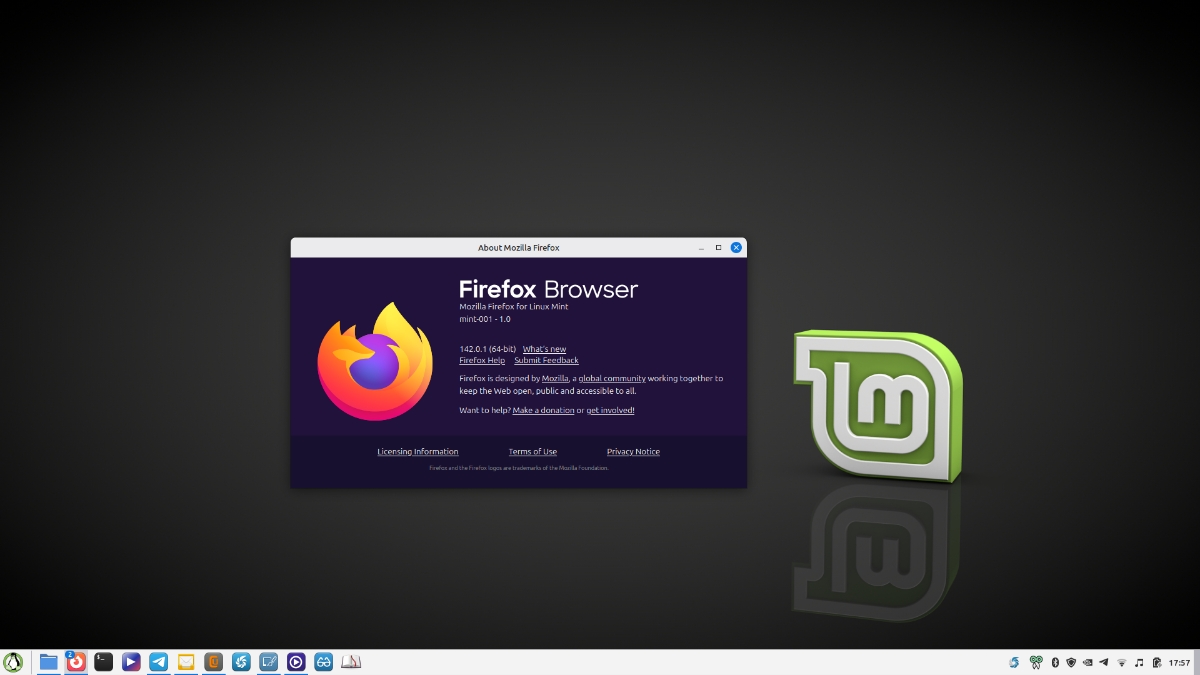
Using the 64-bit version of Microsoft ... as a 32-bit version. In-house Microsoft 365 solution developers should have access to the 64-bit Office 2016 for testing and updating these solutions. You're working with the Large Number data type in Access, and while this data type is supported by 32-bit ...
Using the 64-bit version of Microsoft 365 lets you deliver a 64-bit version of those solutions as well as a 32-bit version. In-house Microsoft 365 solution developers should have access to the 64-bit Office 2016 for testing and updating these solutions. You're working with the Large Number data type in Access, and while this data type is supported by 32-bit Access, you may see unexpected results when executing code or expressions that use native 32-bit VBA libraries.Using the 64-bit version of Microsoft 365 lets you deliver a 64-bit version of those solutions as well as a 32-bit version. In-house Microsoft 365 solution developers should have access to the 64-bit Microsoft 365 2016 for testing and updating these solutions. You're working with the Large Number data type in Access, and while this data type is supported by 32-bit Access, you may see unexpected results when executing code or expressions that use native 32-bit VBA libraries.To install either the 32 or 64-bit version of Office 2016, follow the steps in Install Microsoft 365 or 2016 on a PC. ... Explore subscription benefits, browse training courses, learn how to secure your device, and more. ... Communities help you ask and answer questions, give feedback, and hear from experts with rich knowledge. ... Find solutions to common problems or get help from a support agent.64-bit VBA provides the LongLong data type which fully supports large numbers. For more information, see Using the Large Number data type. The following computer systems can only install 32-bit Microsoft 365.

The latest version of the open-source Office alternative was released earlier this month with deprecated support for older PCs and Windows versions.
A new version of LibreOffice, a popular open-source alternative to Microsoft Office, won’t run on 32-bit PCs, or support the Windows 7 or 8 operating systems.Most Windows software comes in 32-bit and 64-bit versions, and most software vendors offer support for both for backward compatibility.
Upgrade to Microsoft Edge to take ... support. Download Microsoft Edge More info about Internet Explorer and Microsoft Edge ... Access to this page requires authorization. You can try signing in or changing directories. Access to this page requires authorization. You can try changing directories. ... This article discusses the compatibility considerations and limitations for 32-bit programs ...
Upgrade to Microsoft Edge to take advantage of the latest features, security updates, and technical support. Download Microsoft Edge More info about Internet Explorer and Microsoft Edge ... Access to this page requires authorization. You can try signing in or changing directories. Access to this page requires authorization. You can try changing directories. ... This article discusses the compatibility considerations and limitations for 32-bit programs that are running on 64-bit versions of Windows.The 64-bit versions of Windows use the Microsoft Windows-32-on-Windows-64 (WOW64) subsystem to run 32-bit programs without modifications. The 64-bit versions of Windows don't provide support for 16-bit binaries or 32-bit drivers.Alternatively, some 32-bit programs that require lots of memories may exhibit increased performance on the x64-based versions of Windows. This performance increase occurs because the x64-based versions of Windows supports more physical memory than the 32-bit versions of Windows.For more information about the differences in memory management between the 64-bit and 32-bit versions of Windows, see the "Virtual Address Space" topic in the About Memory Management section of the Microsoft Platform SDK documentation. To view this document, visit the following Microsoft Web site: Virtual Address Space · The WOW64 subsystem doesn't support the following programs:

For many years, Mozilla has continued to provide Firefox for 32-bit Linux systems long after most other browsers and operating systems ended support. We made this choice because we care ...
To focus our efforts on delivering the best and most modern Firefox, we are ending support for 32-bit x86 Linux with the release of Firefox 144 (or to rephrase, Firefox 145 will not have 32-bit Linux support).If you are currently using Firefox on a 32-bit x86 Linux system, we strongly encourage you to move to a 64-bit operating system and install the 64-bit version of Firefox, which will continue to be supported and updated.Today, however, 32-bit Linux (on x86) is no longer widely supported by the vast majority of Linux distributions, and maintaining Firefox on this platform has become increasingly difficult and unreliable.[Updated on 2025-09-09 to clarify the affected builds are 32-bit x86]
Loading · ×Sorry to interrupt · Refresh
Mozilla has announced that support for the Firefox browser on 32-bit systems ends with version [...]
The going was a bit rough for a few firefox releases (and here I was on chromium for a year or so), but eventually both the firefox-bin via apulse and firefox build package direct ALSA support, now fully community driven, stabilized. I was an amd64 (somewhat) early adopter (my first 64-bit was a dual socket original 3-digit model number AMD Opteron) and have been off 32-bit for over two decades now, but it's still a bit weird to think about 32-bit support actually dropping, remembering how we struggled with 32-bit assumptions back in the day...Anyway, yeah, as with ALSA support, this probably means 32-bit firefox will still be available, but it'll be on the community to keep it that way and ensure stability. It is worth noting, however, that realistically, 32-bit builds have only been doable on 64-bit for some time, due to the 32-bit 4-gig memory ceiling.The announcement does not say anything about 32-bit Windows or 32-bit Android, and reading it as saying anything about 32-bit ARM buildability for desktop Linux is probably reading too much into it. Posted Sep 7, 2025 16:50 UTC (Sun) by mirabilos (subscriber, #84359) [Link] Not supporting does not have to mean actively dropping the code though, one can hope.Mozilla has announced that support for the Firefox browser on 32-bit systems ends with version 144.
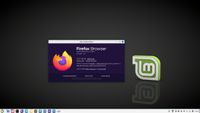
Mozilla has announced that it will end support for Firefox on 32-bit Linux systems in 2026. This shouldn't affect most users, but still it's something worth mentioning. ADVERTISEMENT It may seem surprising […]
It may seem surprising that Mozilla has supported 32-bit Linux for so long, and indeed it has. For reference, Google Chrome ended support for 32-bit Linux in 2016. So in 2026, Mozilla will have supported 32-bit Linux for ten years longer than Chrome did.Mozilla's announcement says 32-bit Linux is not supported by many Linux distros, and that maintaining a version of Firefox for the platform has become harder. Most Linux distros like Ubuntu, Mint, Fedora require a 64-bit processor. Linux Mint Debian Edition (LMDE) still supports 32-bit systems.Firefox 144 will be the last version to support 32-bit Linux, it's not far away. According to Mozilla's release calendar, Firefox 144 will be released on October 14, 2025. Hey, that's when Windows 10 reaches end of life too. Firefox 145 and above will be 64-bit only.If you are using a 32-bit Linux machine, don't worry just yet. Mozilla says it will continue to support 32-bit Linux in Firefox ESR 140 builds so you can stay on that version until September 2026 to continue receiving security updates.

Microsoft verlängert den Support für Windows 10 bis 2032. Ein neues Tool ermöglicht den Downgrade von Windows 11 zu Windows 10 ohne Datenverlust.
LONDON (IT BOLTWISE) – Microsoft hat angekündigt, den Support für Windows 10 bis 2032 zu verlängern. Ein neues kostenloses Tool namens UpDownTool ermöglicht es Nutzern, von Windows 11 zurück zu Windows 10 zu wechseln, ohne Datenverlust zu riskieren. Diese Entwicklung bietet Unternehmen und Privatnutzern mehr Flexibilität bei der Wahl ihres Betriebssystems.Microsoft hat kürzlich bekannt gegeben, dass der Support für Windows 10 bis ins Jahr 2032 verlängert wird. Dies ist eine bedeutende Nachricht für viele Nutzer, die sich noch nicht vollständig mit Windows 11 angefreundet haben.Ein neues Tool namens UpDownTool ermöglicht es Nutzern, von Windows 11 zurück zu Windows 10 zu wechseln. Dies ist besonders nützlich, da Microsoft nach einer kurzen Frist von zehn Tagen keinen offiziellen Downgrade-Support mehr bietet.Für viele Unternehmen und Privatnutzer stellt diese Entwicklung eine Möglichkeit dar, ihre IT-Infrastruktur flexibler zu gestalten und sich auf die Zukunft vorzubereiten, ohne sofort auf Windows 11 umsteigen zu müssen. Die Entscheidung, den Support für Windows 10 zu verlängern, könnte auch als Reaktion auf die gemischten Reaktionen auf Windows 11 gesehen werden.



